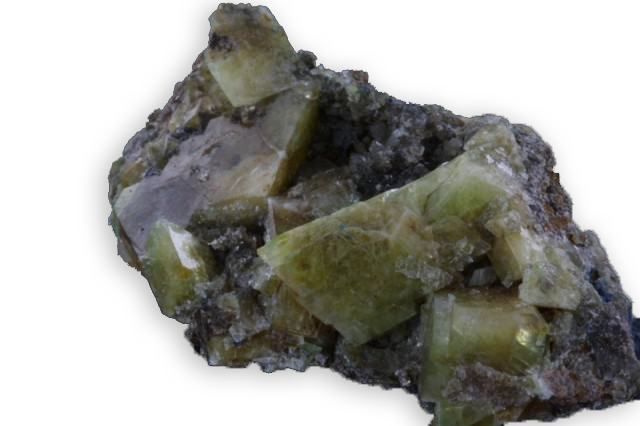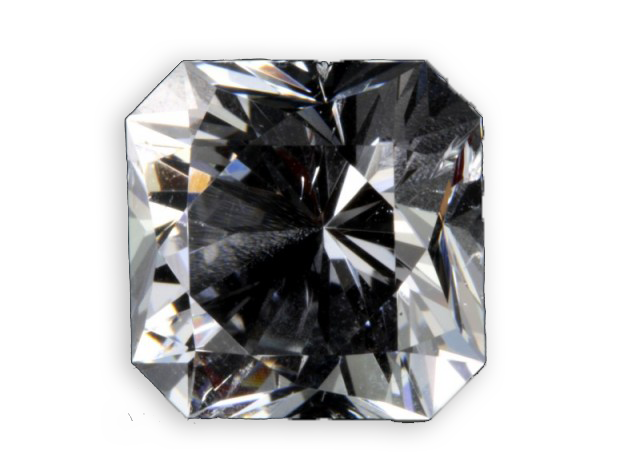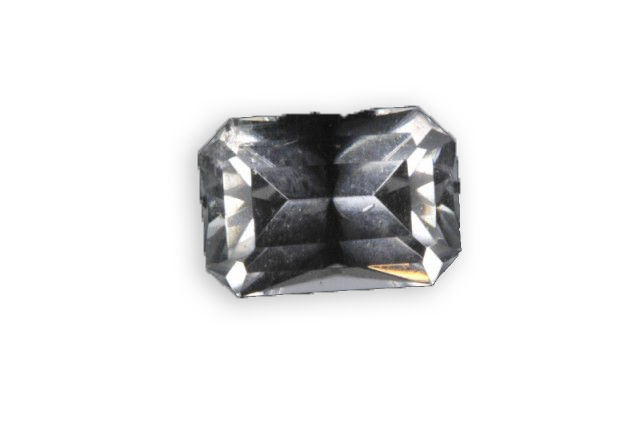
beryllonite
So called because of the presence of beryllium, it was named by James Dana in 1888.
Je vous emmène à travers mes vidéos découvrir mon expérience acquise depuis plus de 30 ans a silloner le globe entier à la recherche de pierres précieuses, de rencontre mémorables mais aussi de difficulté parfois …

So called because of the presence of beryllium, it was named by James Dana in 1888.



It was identified in 1806 by René Just Haüy, its name comes from the Greek “apophylliso” which means “exfoliates”, “that flakes “ … to heat, friction, acid. There are several varieties according to their chemical composition: rich in sodium, it is the natroapophyllite; rich in


Identified by Werner in 1804, its name comes from the Greek “anhydros” which means without water, as opposed to gypsum, which contains it. A blue variety that comes from Peru is called Angelite. Another variety from Italy (Costa Volpino in Lombardy) is called vulpinite.